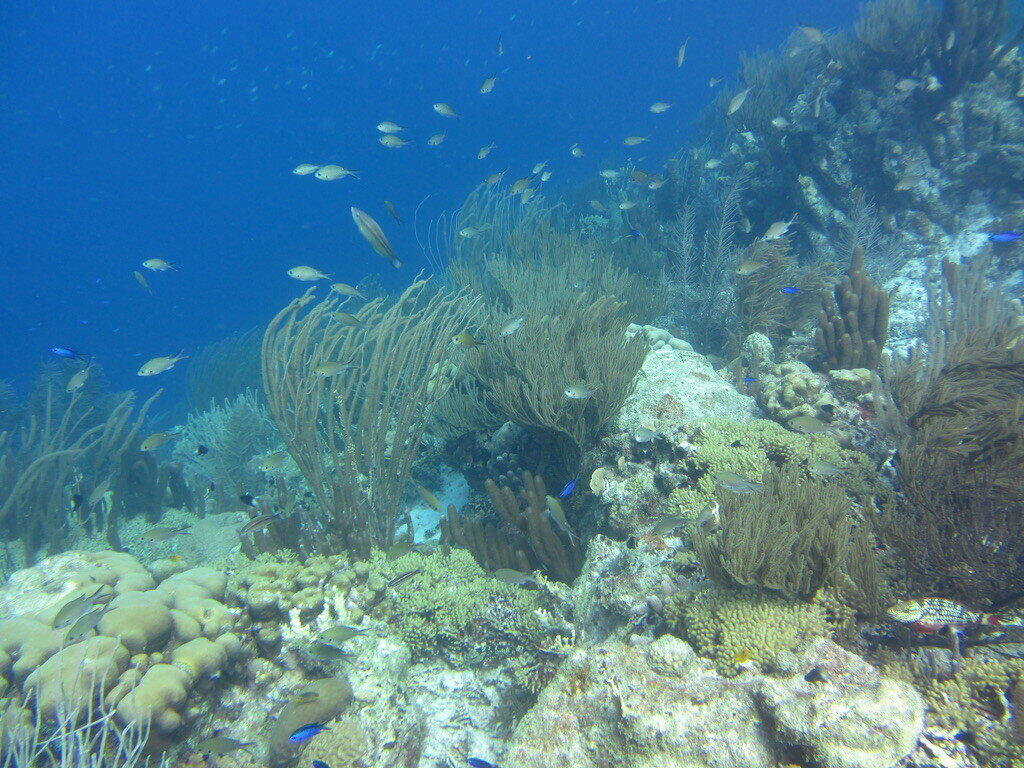Bonaire
Bonaire has been voted as the world’s number one shore diving destination for something stupid like 25 years running.
Far more importantly it also gets our vote!
Bonaire is a tiny little island in the very south of the Caribbean and is generally considered to be outside of the hurricane area (i.e. it can, and has, been hit, but very rarely) so you can travel all year round.
It is one of the Islands that makes up what was formally called the Dutch Antilles and is today referred to as the 'ABC' Islands (Aruba, Bonaire and Curacao). US Dollars is the main currency and English is widely spoken.
Bonaire is considered a diver’s paradise, with one of the oldest marine reserves in the world and over 80 recognised dive sites.
When:
The high season is generally December, January and February but we really can’t figure out why.
During October/November there is a drop of rain around and definitely more sand flies but overall we believe you can visit throughout the year. Temperatures are pretty constant and you can expect 24C in the evening and 31C during the day.
Water temperature ranges between 26 and 29 degrees C.
Have a look here.
Getting there:
Flights from Europe means changing at Amsterdam and then ‘hopping’ in Aruba (you leave the plane so it can be cleaned before the 25 minute flight over to Bonaire). It takes around 13 hours to get there but only 9.5 hours to get back (there’s no ‘hop’ in Aruba).
Direct flights from the US can be a challenge so best to check locally.
Diving:
Put simply, diving in Bonaire - you’ll love it. You’re not going to see anything big, but you are going to see plenty of small species with 350 recorded. The reefs are pristine and home to almost 60 different types of coral.
It’s an island of two worlds: the west side (including Klein Bonaire, a small uninhabited island) is very calm, clear and easy diving and this is where almost all of the dive sites are found. Naturally you can get a bit of current every now and then but it’s unusual - expect more in the far north or south.
The east coast is a complete contrast with swells, waves, current and much bigger marine life. We recommend booking a dive guide if you are looking to explore the east coast.
Crucially - if you enjoy diving independently then Bonaire is absolutely for you, and many of the car hire centres will also hire out tanks and weights.
The water is around 26/27 degrees celsius all year and visibility will be north of 30m.
Marine life:
What to expect diving in Bonaire: tarpon, green moray, turtles, blue tang, angel fish, butterfly fish, seahorse, parrot fish, grouper, lobster, jacks, gobies, grunts and frogfish plus a whole lot more.
Who to dive with:
Buddy Dive Bonaire is probably top of the list for us. It has the best restaurant on the island and drive through centres in three locations where you can simply drive and exchange your tanks.
Their house reef is also pretty good!






